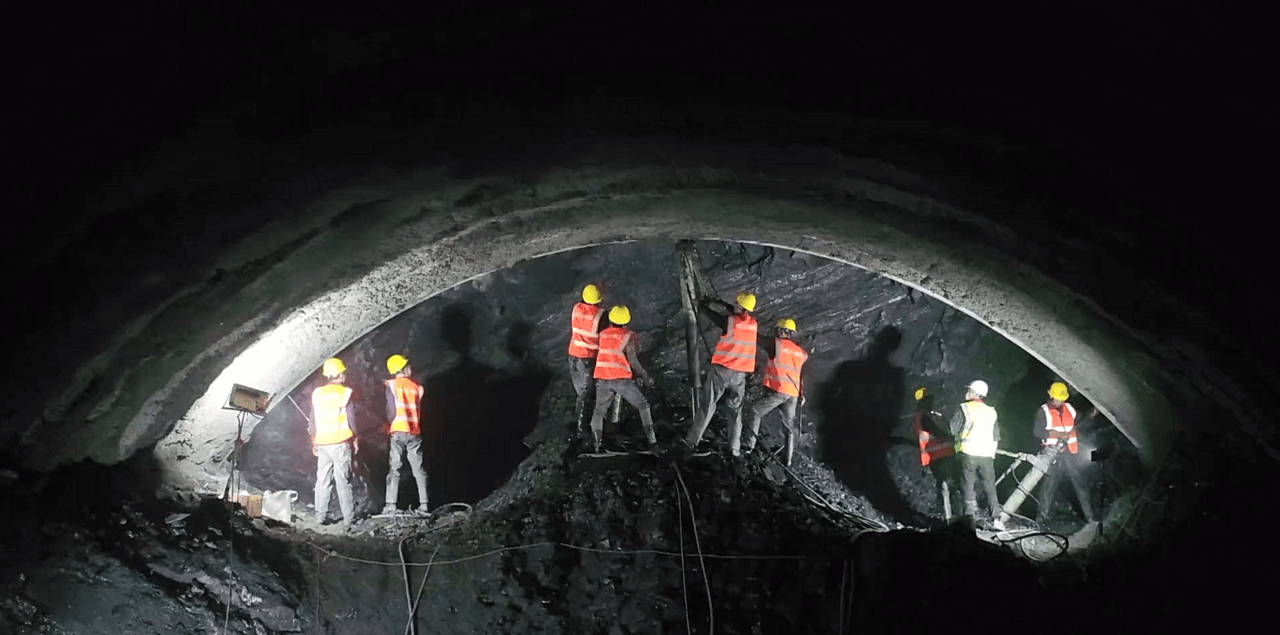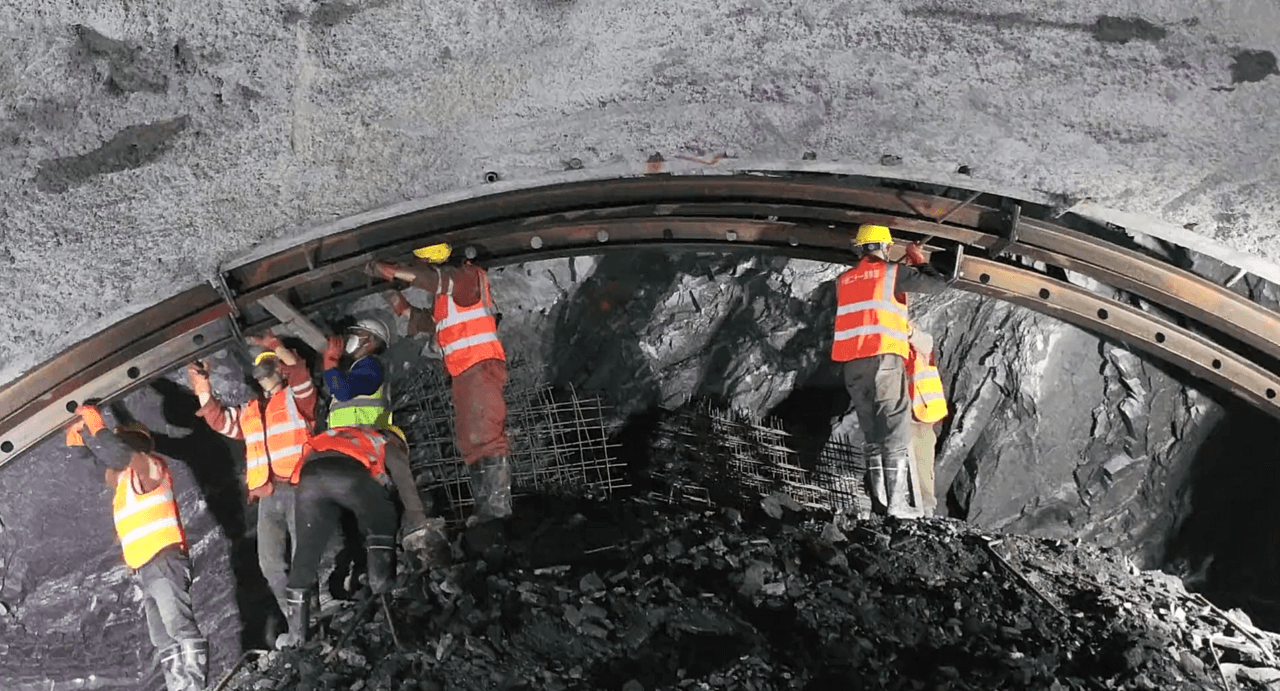Introduction:
In the world of tunnel construction, some projects stand out as extraordinary feats of engineering and perseverance. One such project is the Muzhailing Extra-Long Tunnel, a 15.2-kilometer marvel that crosses the watershed of the Zhanghe and Taohe rivers, spanning Zhang County and Min County. Located in a high-altitude, cold and seismically active region, this tunnel faced immense difficulties due to its complex geological conditions and intense fault activity. In fact, it has been hailed as a rare and exceptional undertaking in the history of tunnel construction by esteemed academicians, experts and scholars in the field.

Unveiling the Challenges:
The Muzhailing Tunnel traverses six folds, 12 major fault zones and fragile carbonaceous shale formations, posing a high risk of significant deformations. With concentrated high ground stress and intricate geological structures, the construction of this tunnel proved to be an enormous challenge, fraught with safety risks. The project was divided into entrance, middle, and exit sections, with three different contractors taking responsibility for each segment. Spanning a maximum latitude of 3,252 meters and buried as deep as 629 meters, the tunnel encountered extremely high-stress conditions.
Unpredictable Deformations and Struggles:
During the construction process, the Muzhailing Tunnel faced numerous obstacles. The surrounding rock exhibited maximum horizontal principal stress of 18.76 megapascals, resulting in substantial daily deformations exceeding hundreds of millimeters. The No. 3 inclined shaft alone experienced 12 instances of significant deformation intrusion, with a maximum deformation of 2,000 millimeters and a maximum deformation rate of 205 millimeters per day. The supporting structures had to be frequently replaced as they struggled to withstand the deformations and fractures caused by the surrounding rock. The project’s leader, Chen Wenyuan, vividly described the challenge as akin to tunneling through tofu, where even cautious excavation and timely support could not fully counter the deformations and fractures.

Innovative Solutions and Collaborative Efforts:
Faced with the daunting geological conditions, high altitude, sparse vegetation and thin oxygen, the project team along with the construction and design units, established an on-site workstation for academic experts. Collaborating with multiple research institutions, they embarked on a series of scientific research endeavors to innovate traditional construction methods. They introduced the NPR anchor cable construction technology led by a team of academicians from the Chinese Academy of Sciences, enabling anchor cable support experiments within the tunnel. This shift from passive to active support proved to be a game-changer, effectively suppressing the tunnel’s significant deformations and providing a strong foundation for its success.
Revolutionizing Deformation Control:
To overcome the global challenge of managing significant deformations in soft rocks, the project team conducted extensive verification and improvement efforts. Ultimately, they developed a new theory and method for controlling large deformations in soft rock tunnels. The introduction of a mesh anchor cable system significantly enhanced the stability of the surrounding rock, reversing the sluggish progress of the construction project.

Promoting Safety and Efficiency:
The Muzhailing Tunnel project utilized various cutting-edge technologies, including large roadheaders, multifunctional hanging platform vehicles, and lightweight fiberglass rescure chamber, among others. These advanced tools played a crucial role in improving overall rock stability, ensuring construction safety and enhancing efficiency. The team also implemented optimized construction plans, adjusted construction organizations, and actively participated in the establishment of quality acceptance standards and intelligent monitoring systems for prestressed anchor cables. These measures provided robust data analysis and control for the quality management of tunnel construction, contributing to the safe completion of the project.
A Remarkable Accomplishment:
The research and development of soft rock large deformation control theories and active support technologies with prestressed anchor cables in the Muzhailing Tunnel have set a precedent for effective management of significant deformations in weak surrounding rock tunnels. Furthermore, the project has accumulated valuable construction experience in rapid support for soft rock large deformations. The findings and innovations from this project have been successfully applied in over ten tunnel projects throughout China.

Conclusion:
The construction of the Muzhailing Extra-Long Tunnel represents a remarkable triumph over extreme challenges. Overcoming the complexities of the geological conditions, the project team demonstrated unwavering determination, collaborative spirit and innovative approaches. Their accomplishments serve as a testament to China Railway’s commitment to advancing engineering excellence and pushing the boundaries of tunnel construction. The successful completion of the Muzhailing Tunnel has not only laid a solid foundation for the Weiwu Expressway but has also set a new standard in the construction of large-scale road tunnels worldwide.











